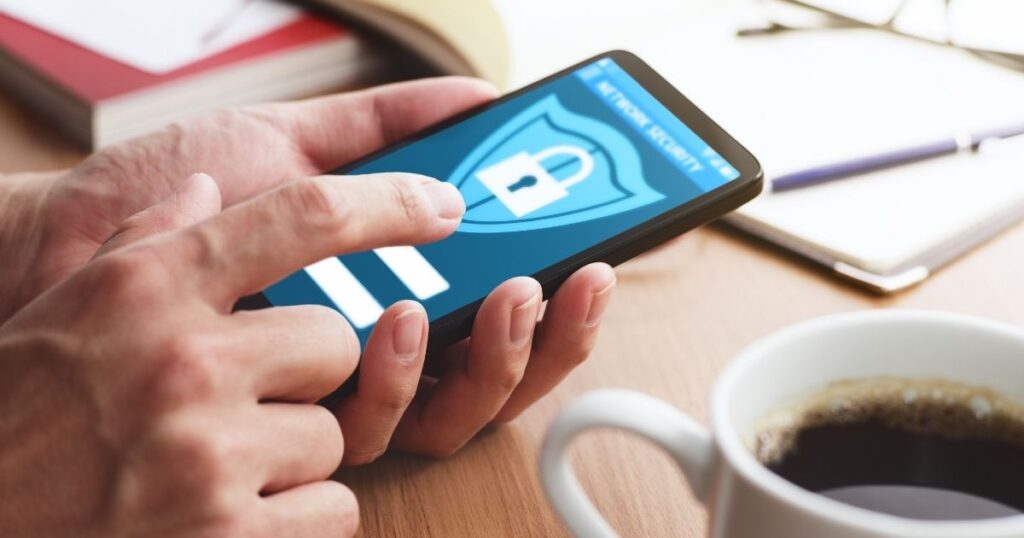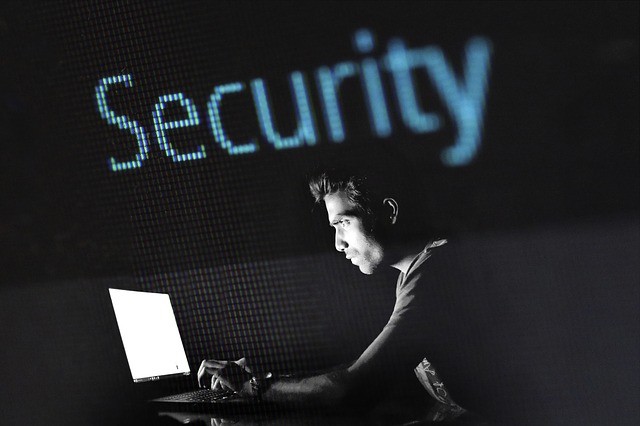One concern many people have in today’s digital world is being hacked. Hackers may hijack your Facebook account and spam your friends or steal your email information and attempt to extort money from your friends by pretending they’re in need of help. If someone hacks your accounts, it can feel as violating as someone breaking into your home and taking your stuff. Although you can’t call the police the way you would for a break-in, there are steps you can take to regain control of your accounts.
Raise the Alarm

Here’s the good news; the digital giants (Google, Apple, Microsoft, and Facebook) don’t want your information stolen either. If you get locked out of your account, it may be because they sensed suspicious activity and froze the account on your behalf. So, if you suspect you’ve been hacked, your first step is to alert them. Do a quick search “report Facebook hack” to learn how, but be careful! Hackers also set up malicious sites for reporting in an attempt to steal your information, so be sure the URL is hosted on the correct domain, doesn’t have any misspelled words, or looks suspicious. Finally, contact IdentityTheft.gov if you believe a hacker mishandled your private data.
Change Passwords
As soon as you can log in, change all your passwords. This will prevent the hacker from being able to get back in. A few tips: don’t reuse an old password, and if you’re using the same password on multiple accounts (you shouldn’t, but the reality is there are too many sites with unique logins, and people do), change it everywhere, you use that password. Also, search around within your account to see where else you’re logged in. Many services will call this a session. Once you find it, spend a few minutes looking through your open sessions and login history -close any you don’t recognize. Find out more about password managers.
Set Up Security Checks
Once you’ve recovered from this, you don’t want it to happen again- To prevent future hackers, set up some security. One of the easiest is to switch to two-step verification for logging in. When you log in from somewhere new (a new IP address), a code will be sent to your phone via text and must be entered before login can proceed. An authenticator app is also something to be considered. Installing an authenticator app on a smartphone, PC, or tablet helps enable multi-factor authentication (MFA) and secure access to online accounts. There are several excellent choices Google Authenticator, Microsoft Authenticator, and LastPass Authenticator,

Another option for security is a physical security key, which can be used in conjunction with two-step authentication, such as the USB-like Yubikey that plugs into your computer. The encryption is exclusive to you and your device and can only be opened with a PIN and the physical key.
Physical security keys provide maximum protection when logging into online accounts. Numerous platforms already support the option.
In addition, run a virus scan to look for malware or other viruses that may have either been left behind or were the doorway for the hacker. Lastly, if your email was hacked, check for filters you didn’t set up and delete them.
One final note: if one account has been compromised, play it safe and assume they all were. It may cause you some extra work and stress in the short term, but you’ll be glad you protected your data in the long run.
Interested in more like this? Sign up for our newsletter









